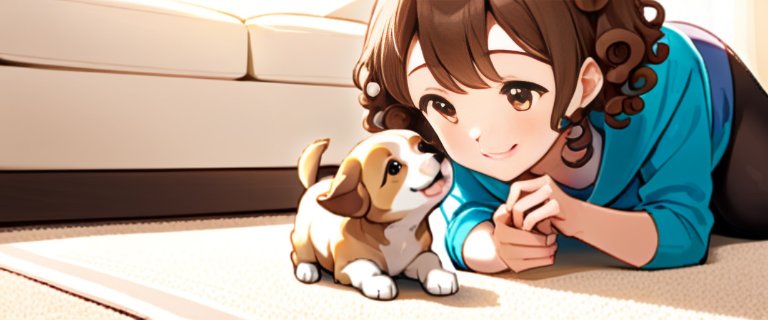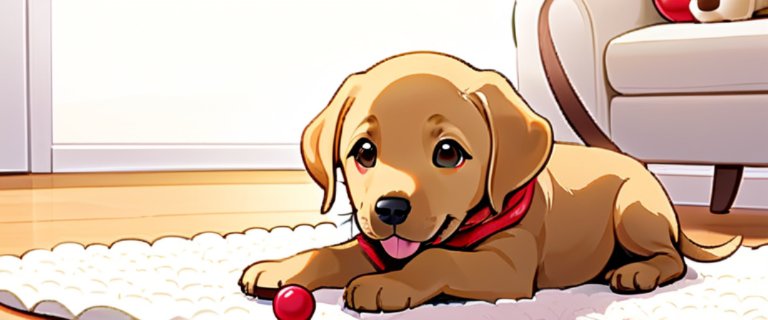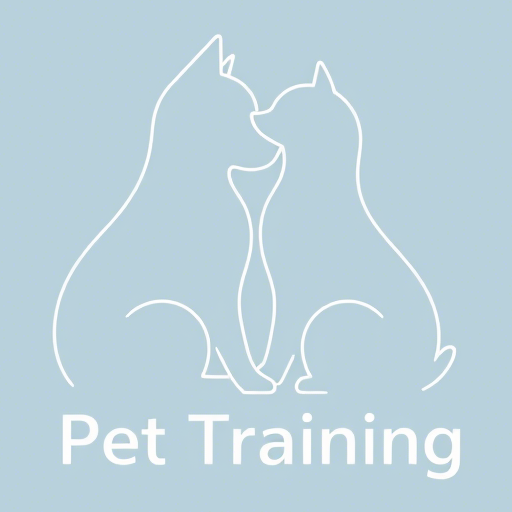Puppy Training Basics: Building the Foundation for a Well-Behaved Companion
Welcome to Pet Training’s comprehensive guide to puppy training basics! If you’ve recently brought home a furry bundle of joy (and energy), you’re probably wondering how to transform that adorable tornado into a well-mannered companion. The first six months are absolutely crucial for establishing good habits that will last a lifetime.
I remember when I brought home Max, my now perfectly behaved (well, mostly) golden retriever. Those first few weeks were equal parts joy and ‘what have I gotten myself into?’ But with consistent training using the methods we’ll share here, we developed a wonderful bond and he learned all the basics.

Why Start Training Early?
The puppy stage is when your little one’s brain is most receptive to learning. According to veterinary behaviorists, the prime socialization window closes around 14-16 weeks, making early training essential. At Pet Training, we emphasize starting simple obedience training as soon as your puppy comes home – usually around 8 weeks old.
Basic commands like ‘sit,’ ‘stay,’ and ‘come’ aren’t just party tricks – they’re the building blocks of good canine citizenship that will keep your puppy safe and make your life infinitely easier.

The Essential Commands Every Puppy Should Know
Let’s break down the fundamental commands that form the core of our Puppy Training Basics program at Pet Training:
- Sit: The gateway command that teaches impulse control
- Stay/Wait: Crucial for safety in various situations
- Come: Potentially life-saving recall training
- Leave it: Prevents grabbing dangerous items
- Leash manners: Makes walks enjoyable for both of you
Remember, training sessions should be short (5-10 minutes), frequent (3-5 times daily), and always end on a positive note. At Pet Training, we recommend using high-value treats broken into tiny pieces to motivate your puppy without overfeeding.
Creating Good Habits Through Routine
Puppies thrive on consistency. Establishing a predictable schedule for feeding, potty breaks, playtime, and naps will significantly reduce behavioral issues. Here’s a sample routine we’ve found effective at Pet Training:
- Morning: Potty break → Short training session → Breakfast
- Mid-morning: Playtime → Nap
- Afternoon: Potty break → Short walk → Training game
- Evening: Dinner → Calm play → Final potty break
This structure helps prevent the overtired zoomies that often lead to destructive chewing – which brings us to our next point.

Redirecting Natural Puppy Behaviors
Chewing, biting, and digging are completely normal puppy behaviors – but that doesn’t mean your favorite shoes have to suffer! The key is redirection:
When my puppy Max started gnawing on furniture legs, I learned to always have appropriate chew toys handy. At Pet Training, we suggest keeping several types of chew toys rotated to maintain your puppy’s interest.
For mouthing (those sharp little teeth!), immediately redirect to a toy and praise when they chew appropriately. If they get too excited, a brief time-out helps them calm down.
Socialization: More Than Just Meeting Other Dogs
Proper socialization is arguably the most important part of Puppy Training Basics. It’s not just about dog parks – your puppy needs positive experiences with:
- Various people (different ages, appearances)
- Household noises (vacuum, doorbell, etc.)
- Different surfaces (grass, tile, stairs)
- Car rides and vet visits
At Pet Training, we recommend creating a ‘socialization checklist’ and checking off new experiences gradually, always ensuring your puppy feels safe and never overwhelmed.

Troubleshooting Common Puppy Training Challenges
Even with perfect training, you’ll hit some bumps. Here are quick solutions to common issues:
Potty accidents: Increase supervision and take your puppy out more frequently. Never punish – just interrupt and rush outside.
Jumping up: Turn away and ignore until all four paws are on the floor, then reward.
Excessive barking: Identify the trigger and teach a quiet cue using treats.
Remember, at Pet Training we believe every challenge is a training opportunity in disguise!
The Reward: A Lifelong Bond
Investing time in Puppy Training Basics now pays incredible dividends later. That little ball of fluff will grow into a confident, well-adjusted dog who’s a joy to live with. More importantly, you’re building a relationship based on trust and clear communication.
For more detailed training guides and personalized advice, explore the wealth of resources at Pet Training. Our expert team is dedicated to helping you and your puppy succeed!
Core Training Focus: Puppy Training Basics | basic obedience | training puppies under six months | positive reinforcement | puppy socialization | developing good habits
